One of the most frequently picked vegetables worldwide is broccoli. Many family dinners include it as a traditional dish because of its distinctive taste and texture. But according to history, Americans have only been eating broccoli since the 18th century. In light of this, is broccoli man made food?
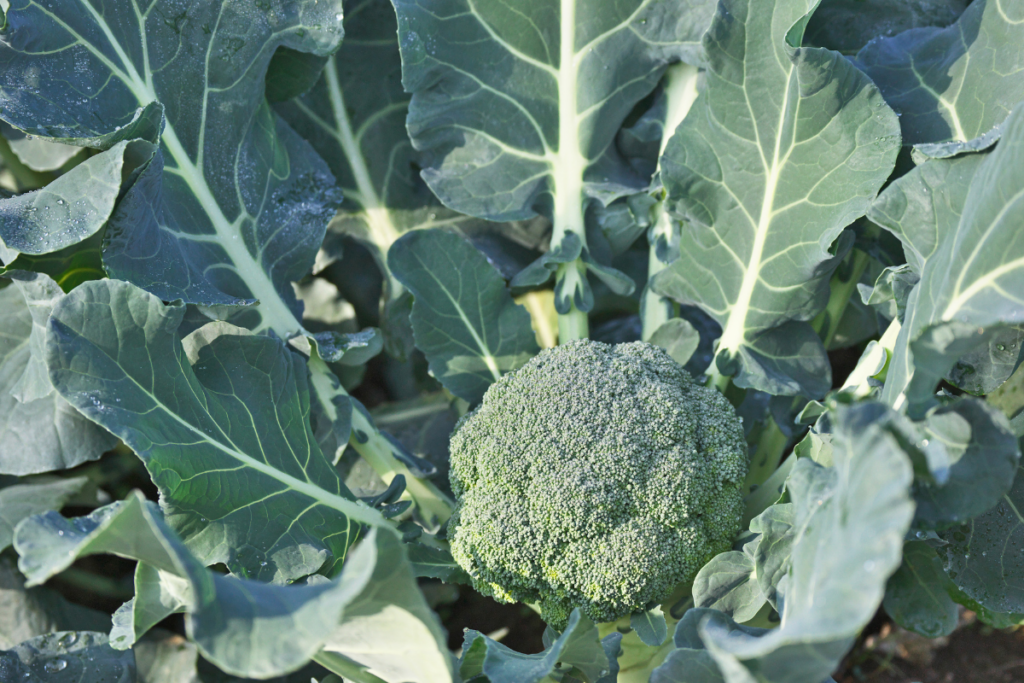
Broccoli is a man-made vegetable! It originated from a prehistoric cabbage, which is also the parent of several of our other beloved veggies. You certainly offer other man-made vegetables in addition to broccoli during meals.
Keep on reading to know more about this fascinating man-made veggie!
Is Broccoli Man-Made?
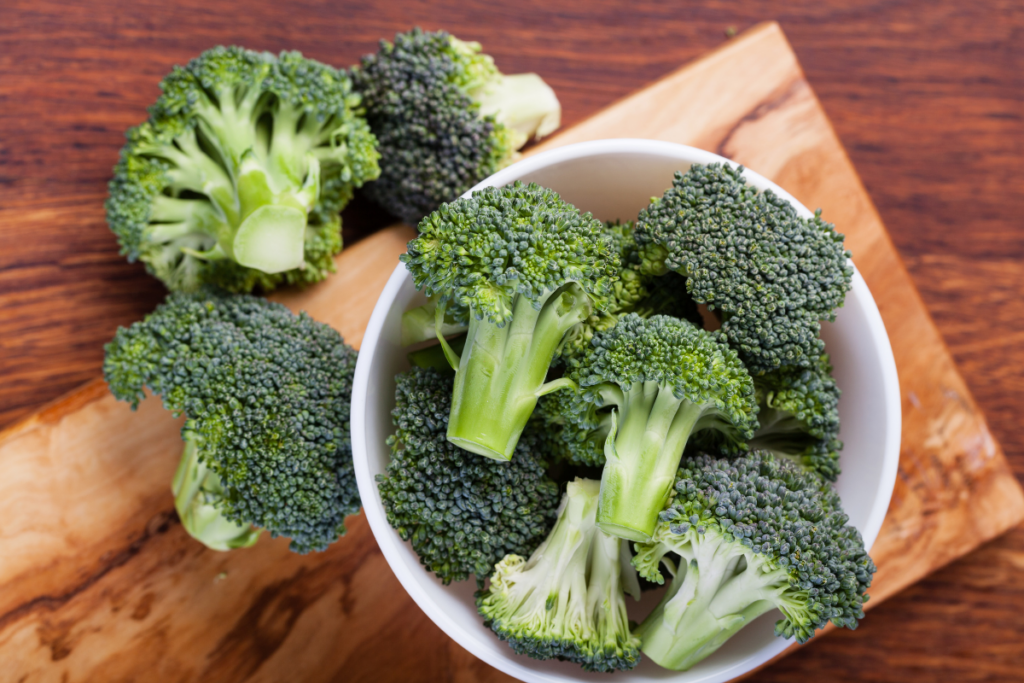
In a word, yes, broccoli is actually a human-manufactured vegetable. The broccoli we know today was not always a plant; rather, it was a product of a protracted process carried out by humans.
Although the precise date of the emergence of broccoli is unknown, it is speculated that the first types of this plant arose 2000 years ago, or more. It was first raised in Italy and exported to America and England in the 1700s before being distributed worldwide.
According to sources, the origins of broccoli are in East Asia and the Mediterranean. According to shreds of evidence, even the earliest varieties of this plant were grown in the Roman Empire.
The term broccoli is derived from the plural of “broccolo”, an Italian word which means “sprout” and may be translated as “the flowering crest of a cabbage.”
RELATED: The White Is Over: 11 Different Types Of White Veggies
How Was The Vegetable Broccoli First Grown and Made?
Now that you are aware that broccoli was created by humans and was not naturally found in its present form, you undoubtedly want to know how it came to be.
You are probably already picturing how a great scientist from more than 2000 years ago created broccoli in a lab. However, it wasn’t precisely like that.
Selective breeding, as opposed to genetic modification (GMO), was used to create broccoli from the wild cabbage.
Selective breeding, often known as the artificial selection technique, is a thorough, time-consuming technique used to reproduce desired plants with the best traits to create enhanced versions.
For instance, if a certain plant from a specific species stands out due to healthier, bigger, and tastier fruits or simply by producing a much higher yield, the process of selective breeding entails an attempt of duplication of this plant in order to generate future yields with valuable, superior plants.
Artificial plant selection is usually used to produce plants which are more resilient to pests and diseases, or to produce crops and other commercially-consumed parts that can tolerate more extreme weather conditions like drought and low temperatures.
Plant duplication may also be accomplished via propagating through grafting, cuttings, layering, and more other techniques, in addition to collecting seeds and cross breeding from the target plants.
Selective breeding has the apparent drawback of being a very extensive and lengthy process which could take several years in order to produce the plants with the desired traits.
What Are The Other Related Types of Broccoli?
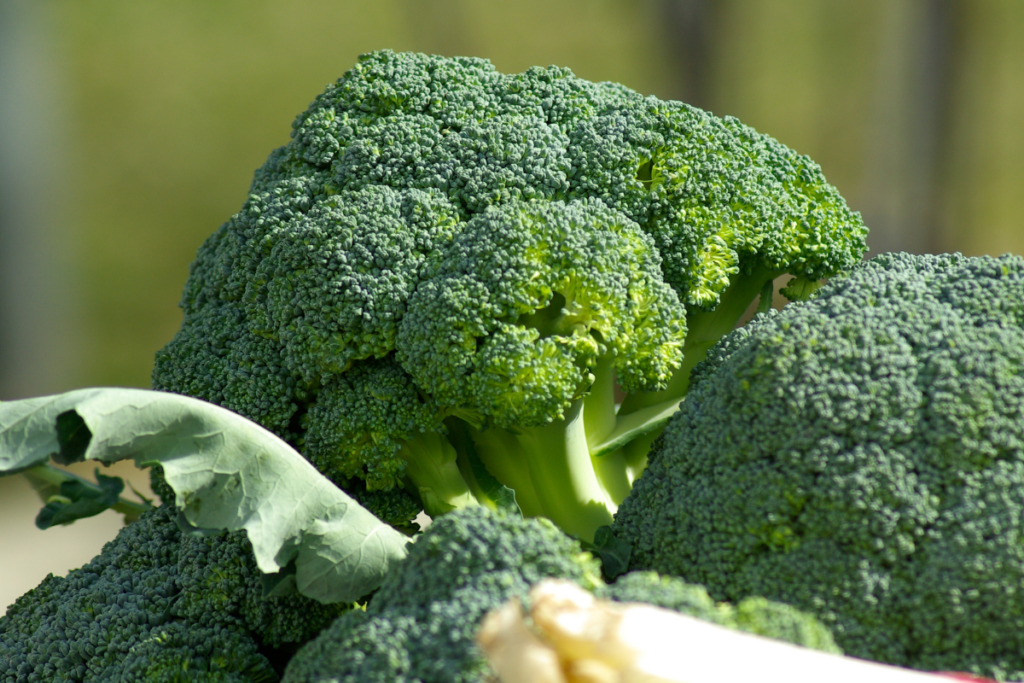
Brassica oleracea was selectively bred for decades to produce broccoli (also known as wild cabbage or wild mustard). Europe’s Mediterranean and Atlantic shores are home to wild cabbage.
However, brassica oleracea isn’t only related to broccoli. Actually, this plant has undergone extensive breeding, resulting in the emergence of several diverse types, including:
Technically, all of these plants are really descended from the same wild cabbage, Brassica oleracea, components that have been carefully propagated to create new plants with improved traits. This wild cabbage has been later cross bred with the Chinese broccoli to make other man-made varieties.
Is Man-Made Broccoli Good for You?
More commonly, plants that have been genetically altered are made available for human use. The interest in learning about the safety of these foods has increased as people are curious about the potential side effects of consuming these selectively modified plants.
The same is true with broccoli.
Concerns regarding the safety of eating these plants and their nutritional value grow as more people learn that broccoli is a product of human invention.
Although there are still many unanswered problems and ambiguities around genetically engineered plants, it is much easier to conclude that broccoli is completely safe for food owing to the way it looks.
Broccoli, as previously established, is not a genetically modified organism (GMO) that was produced in a lab. Instead, it emerged via a protracted selective breeding process that involves weeding out and choosing the finest plants across harvests.
Therefore, selective breeding is an evolution of plants rather than a procedure of modifying a plant’s DNA forcibly.
Many other artificial plants have been selectively bred to achieve the current form that we are all familiar with, just like broccoli and other varieties created from Brassica oleracea.
Other Selectively-Bred Common Fruits and Vegetables
Believe it or not, broccoli and its cruciferous relatives aren’t the only veggies that are grown in factories!
The most widely consumed fruits and vegetables, such as carrots and eggplants, are technically mutant foods that have been created over millennia by selective breeding; they are what they are today as a result of human intervention (without the need for GMOs).
We also contributed to the development of some of the tastiest fruits, including watermelons, tomatoes, strawberries, and bananas, apples, and oranges.
Even the maize you purchase at the shop has undergone selective breeding in order to develop and taste a certain way. Even the peanuts used in peanut butter were produced thanks to selective planting and processing.
Here are some of the well-known other vegetables and fruits that are also products of selective breeding:
In conclusion, broccoli is among the healthiest vegetables and is regarded by many as a superfood in addition to being safe for human consumption.
RELATED: The Dark Side of Vegetables: 13 Different Types Of Black Colored Veggies
What Are The Benefits of Broccoli?
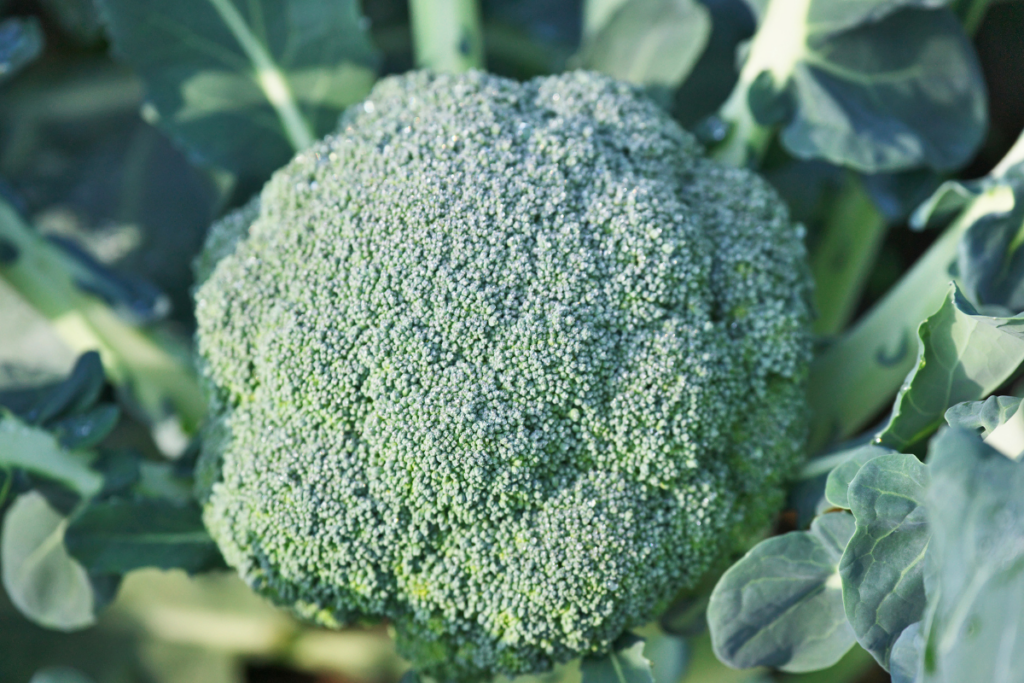
In addition to being a wonderful source of fiber, proteins, antioxidants, vitamins, and minerals, broccoli is also low in calories.
Broccoli comes in third on a list of the 14 healthiest veggies on the planet, according to a 2017 Healthline article. Carrots and spinach are in the top two positions.
Broccoli includes minerals like iron, potassium, magnesium, selenium, and calcium in addition to vitamins like C, A, B, K, and E.
Is Growing Broccoli At Home Simple?
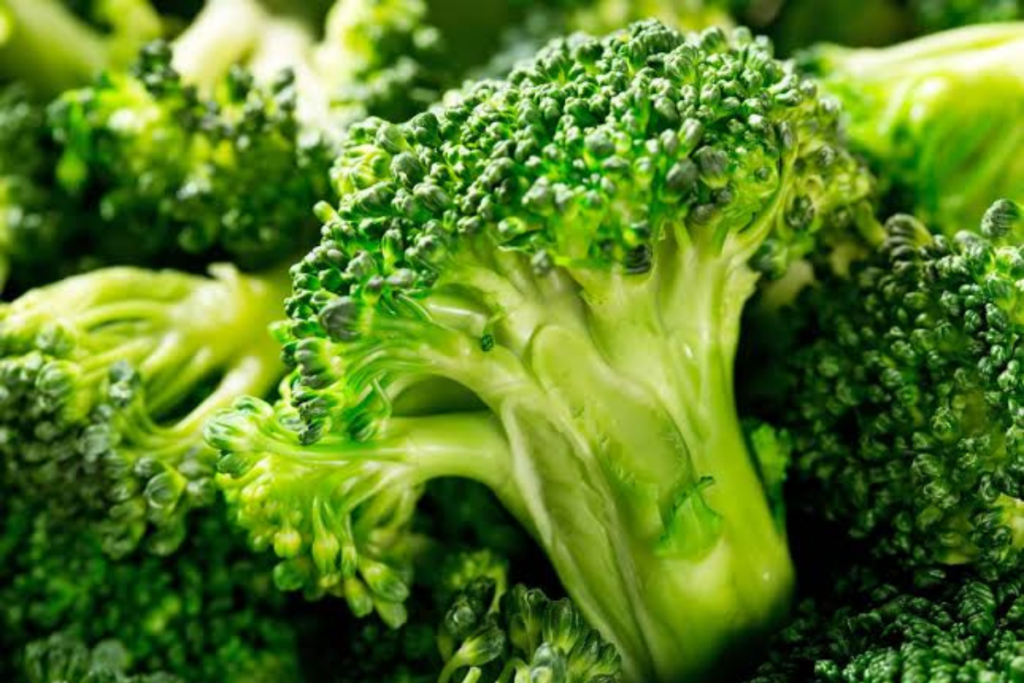
It’s really easy to cultivate broccoli in your own yard. Fortunately, you do not have to deal with a ton of different ancestral plants before cultivating broccoli as we know it today. It’s one of the most well-liked meal classics that may be grown in your own garden, along with fennel.
The key to growing broccoli effectively at home is to remember that it prefers cold environments and has to be picked before it becomes too hot.
In an indoor container, you should first sow broccoli seeds at least five to six weeks before the final frost. You may transplant the seedlings in your garden after you are at least two to three weeks out from the season’s last frost.
Temperature
Although it can tolerate the extreme cold and thrive in temperatures as low as 20 F, broccoli grows best in regions between 45 and 75 F.
Light
Your broccoli will need a lot of sunshine, as well as well-drained, nutrient soil, wherever you are growing your crops. Compost may be used to prepare the soil before planting to make sure the plants get all the nutrients they need.
Soil
The pH level of the soil should ideally be measured and adjusted as well. The ideal pH range for broccoli plants is 6.8 to 6.8, which is somewhat acidic.
Leave 18 to 24 inches between each seedling as you plant it about half an inch deep. This may sound excessive, but broccoli plants have a tendency to spread out and need a lot of room to thrive.
Bury your plants up to the top leaves if they have wavy or long, leggy stems. This will guarantee that when they expand, they don’t top out too heavy and end up toppling and shattering.
After planting your broccoli seeds, give them up to 1.5 inches of water every week. Always aim towards the plant’s base so that it can absorb the moisture there.
When your plants reach maturity, you may reduce the amount of water you give them, but in the meantime, be sure you replenish them with plant food that continuously releases nutrients.
Maintain weed-free spaces around your broccoli plants to make sure they get all the nutrients and water they need. Avoid the temptation to use pesticide to eradicate weeds since doing so might harm or kill your sensitive baby broccoli plants. The weeds should always be pulled by hand by you.
Final Thoughts
Currently, one of the most consumed veggies is broccoli. It is valued for its flavor as well as for its nutritional benefits and attributes.
Despite being created by humans and not always existing in the form we recognize today, farmers have been able to produce this remarkable vegetable with the aid of crop selective breeding.
Growing broccoli is not very difficult. Therefore, we advise growing and caring for broccoli if you’re interested in planting your own vegetable plants in your yard.
Editor’s Recommendations
So Darn Delicious! 13 Different Types Of erican Vegetables
Masarap Na Gulay! 18 Different Types Of Philippine Veggies
The Gold Standard: 10 Different Types Of Yellow Veggies







